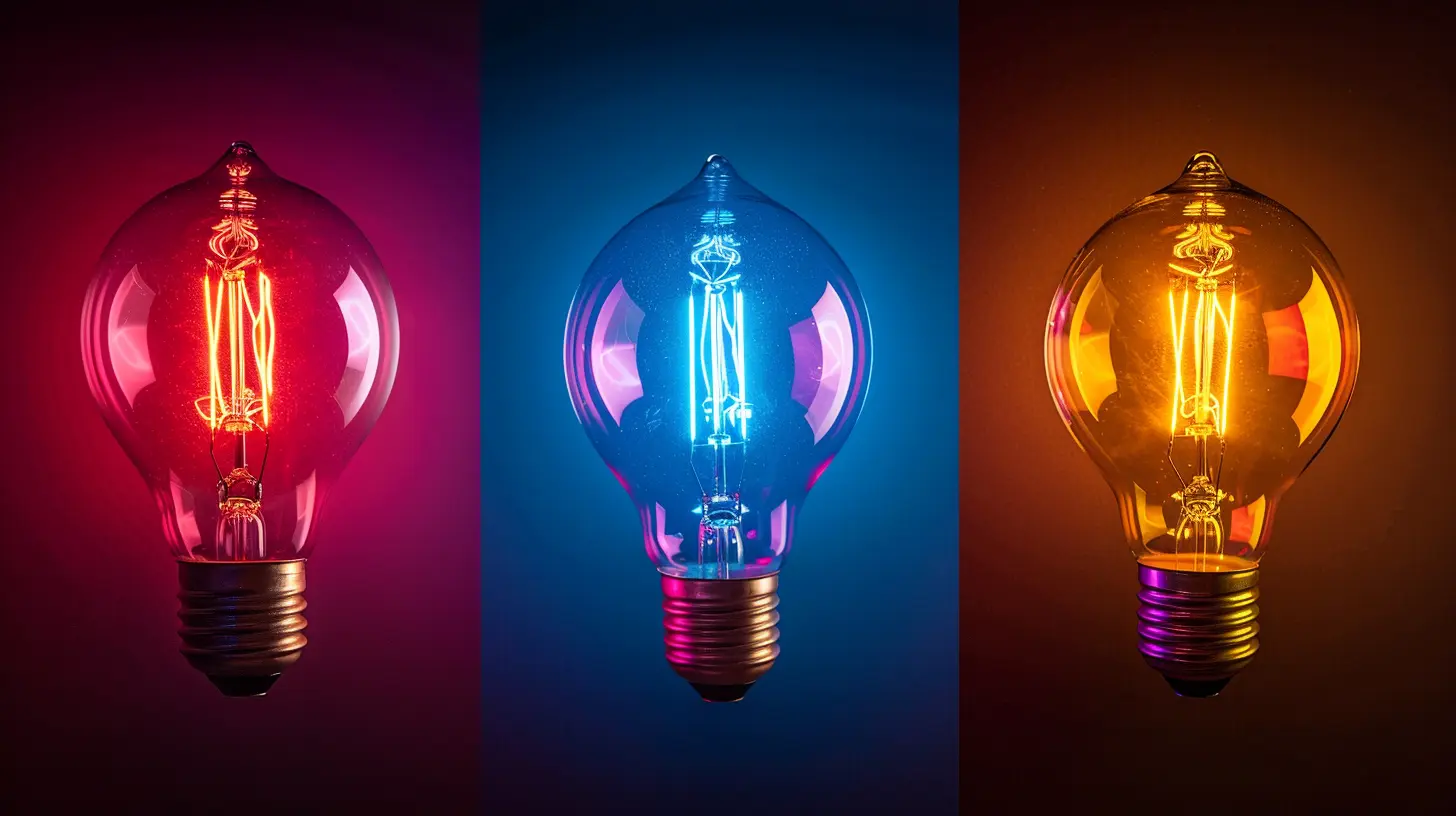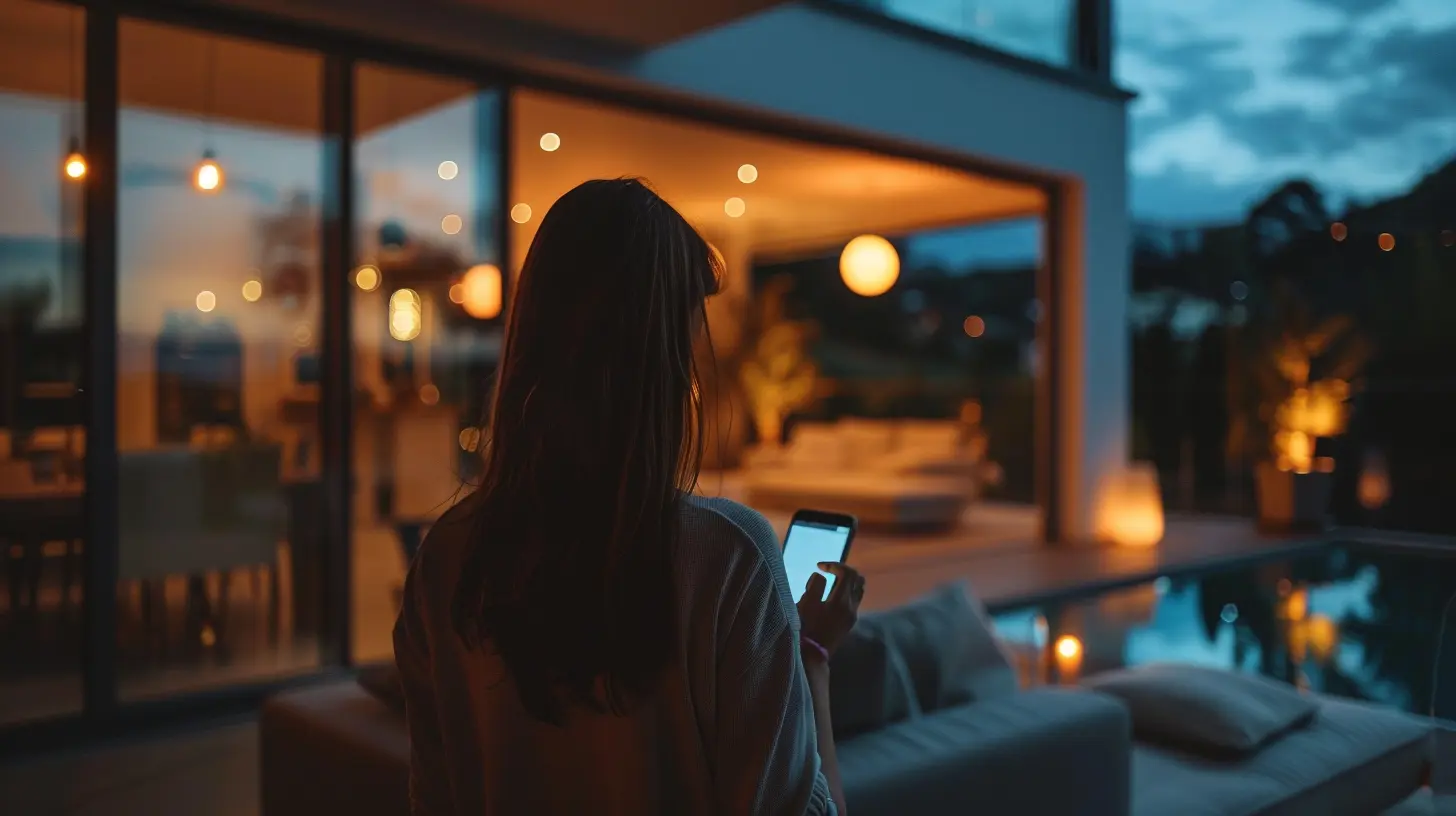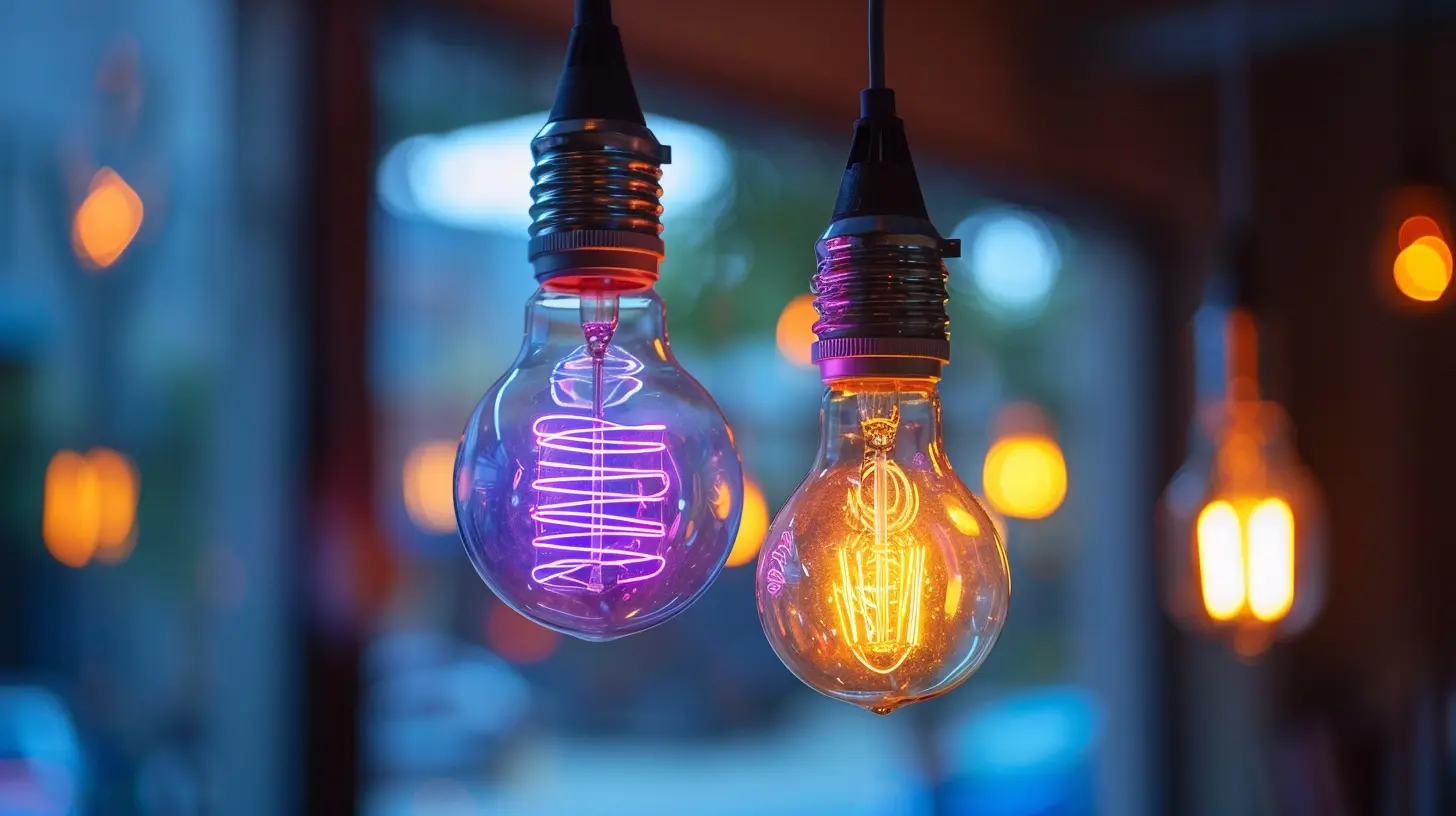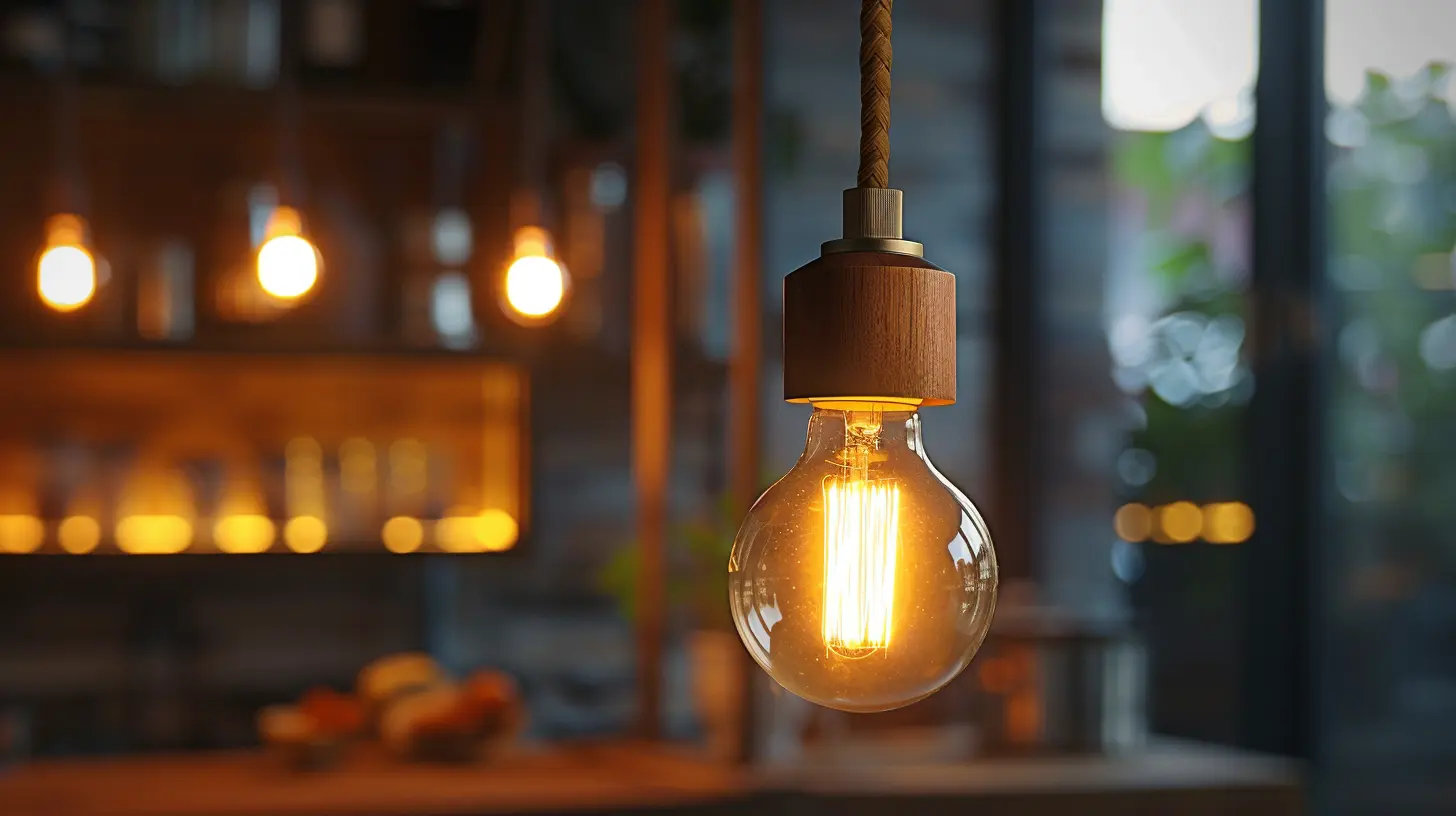How IoT is Changing the Face of Smart Lighting Solutions
17 November 2025
Imagine walking into a room and the lights just know you’re there—softly glowing in your favorite hue, dimming just right, and doing it all without you ever touching a switch. Sounds like sci-fi? Nope, it's the power of IoT in smart lighting, and it's already here, changing the way we live, work, and play.
Smart lighting isn’t just about remote-controlled bulbs anymore. With the Internet of Things (IoT) in the driver's seat, lighting solutions have gone from being "cool gadgets" to intelligent, responsive systems that adapt to our needs, save energy, and even improve our health. Let's take a closer look at how IoT is totally transforming the game when it comes to lighting.
What is IoT, and Why Does it Matter for Lighting?
Before we dive deeper, let's break it down.IoT refers to a network of physical devices—like sensors, lights, appliances—that can collect and exchange data over the internet. It’s the tech behind smart homes, connected cities, and yes, those clever lights that turn on by themselves.
So, why is this a big deal for lighting?
Because traditional lighting is static. It doesn't think, it doesn't feel, and it sure doesn’t react. But with IoT, lighting becomes dynamic. It senses, it learns, and it adapts.
From Basic Bulbs to Smart Systems
You probably remember the early days of smart lighting—screw in a smart bulb, download an app, and you're in control. That was fun, but let’s face it, pretty basic.Now, we’re talking about smart lighting systems integrated with IoT that:
- Detect motion and occupancy
- Adjust to natural light levels
- Follow your daily routines
- Sync with other smart devices
- Monitor energy usage in real-time
In short, it's no longer just you controlling your lights—your lights are also learning to make smarter decisions for you.
Real-Time Responsiveness: Motion and Occupancy Sensors
Ever walked into a conference room and the lights magically turned on? That’s IoT-powered motion sensing in action.IoT systems use real-time data from motion and occupancy sensors to switch lights on or off, or adjust brightness based on whether there's someone in the room. This doesn’t just add convenience—it slashes unnecessary energy use, especially in commercial spaces.
And let’s be honest—how many times have you left a room and forgotten to turn off the lights? IoT has your back.
Personalized Lighting: Because One Size Doesn’t Fit All
Your mood, the time of day, or even your current activity can influence how much and what kind of light you need. IoT-enabled lighting systems can customize this—automatically.Heading to bed? Your bedroom lights know to dim down to soothing warm tones. Working from home? Your study area brightens up with cool, focus-enhancing lighting.
It’s like having a lighting butler who knows exactly what you need—without you even asking.
Energy Efficiency on Autopilot
If you care about saving money (and who doesn’t?), this one’s for you.Smart lighting solutions powered by IoT gather data non-stop—monitoring energy consumption, occupancy patterns, natural light availability, and more. Then they adjust lighting accordingly.
This means no more wasting energy with blinding lights in empty hallways. Everything is optimized—automatically. And for businesses, we’re talking about serious savings. We're not just flipping switches here; we're flipping the whole efficiency game.
Smarter Cities Need Smarter Lights
IoT isn’t just a game-changer for homes and offices—cities are leveling up too.Smart street lighting is popping up worldwide. These systems can:
- Adjust brightness based on traffic and weather conditions
- Send alerts when a bulb’s about to fail
- Monitor air quality and noise levels
- Even guide emergency vehicles more efficiently
All thanks to IoT. The future cityscape? It’s not just brighter—it’s smarter.
Health & Well-Being: Light That Works With You
Here’s something you might not think about—lighting affects your health more than you realize.IoT-enabled lighting can improve your sleep cycle, productivity, and even your mood. These systems can mimic natural daylight patterns, boost blue light during the day to keep you alert, and gently reduce it at night for better relaxation.
It's lighting that’s not only smart—but also human-centric. Think of it as vitamin D in a bulb.
Voice Control and Integration with Smart Ecosystems
"Hey Alexa, dim the lights." Ring a bell?With IoT integration, smart lighting plays nice with your virtual assistants and other smart gadgets. Whether it’s syncing your lights with your smart thermostat, or setting the mood for a movie night with one voice command, it all works together seamlessly.
The result? A fully integrated, intuitive experience that makes your space feel like it’s reading your mind.
Data-Driven Decisions for Building Management
For commercial buildings, the real magic is in the data.IoT-powered lighting systems collect vast amounts of data—foot traffic, peak usage times, energy consumption trends. Building managers can use this data to:
- Optimize space usage
- Schedule maintenance
- Predict light failures before they happen
- Cut down operating costs
It’s like giving your building a brain—and the ability to make smarter decisions.
Security Gets a Boost Too
Think lighting can help with security? You bet.IoT lighting systems can integrate with motion detectors and surveillance cameras. If there's unexpected motion, the lights turn on instantly, cameras start recording, and you get an alert on your phone.
Whether it's your home, office, or an entire parking lot—IoT makes it safer, smarter, and more secure.
Challenges Along the Way
Now, it’s not all smooth sailing.Smart lighting powered by IoT does come with a few challenges:
- Privacy concerns: More data = more risk
- Higher initial costs
- Complexity in integration and setup
- Need for standardization
But here’s the good news: as tech matures, these hurdles are getting smaller. Costs are dropping, platforms are becoming more user-friendly, and security protocols are tightening.
The Road Ahead: What’s Next for IoT and Lighting?
We’re just scratching the surface.As AI starts working hand-in-hand with IoT, we’ll see lighting systems that don’t just react—they predict. Think about lights knowing your schedule, adapting to your mood, and even optimizing your energy use based on utility rates.
And with the rise of 5G and edge computing, the speed and scope of real-time lighting decisions are going to skyrocket.
The future? It’s blindingly bright.
Final Thoughts
So, how is IoT changing the face of smart lighting solutions? In every way imaginable.It’s turning lights from passive fixtures into proactive tools—tools that save energy, support your lifestyle, enhance security, and even promote wellness. What used to be just a bulb is now part of an intelligent network that makes life easier, greener, and way cooler.
If you haven’t made the switch yet, it might be time to leave the dark ages behind—literally and figuratively. Because in the era of IoT, the lights aren’t just on—they’re thinking.
all images in this post were generated using AI tools
Category:
Iot DevicesAuthor:

Vincent Hubbard

